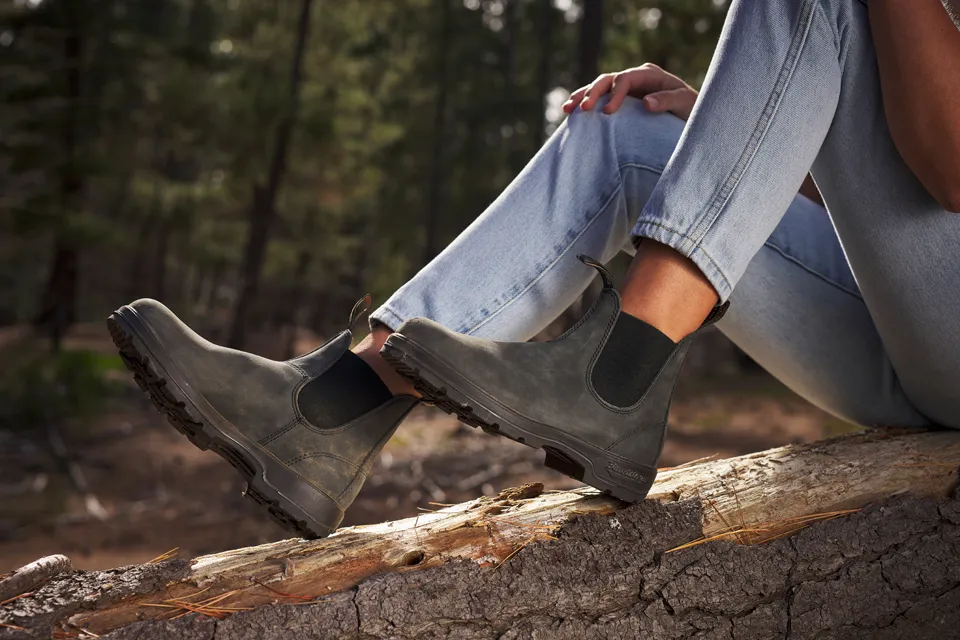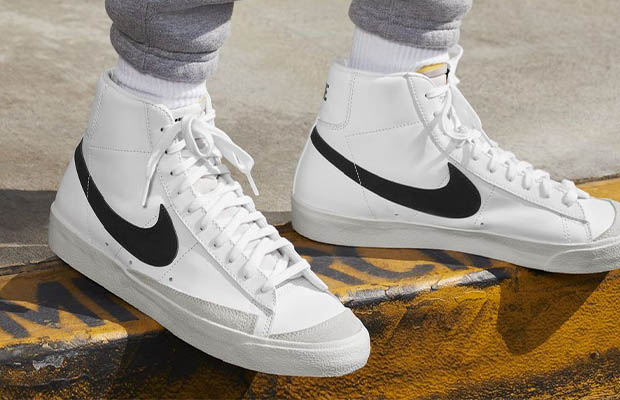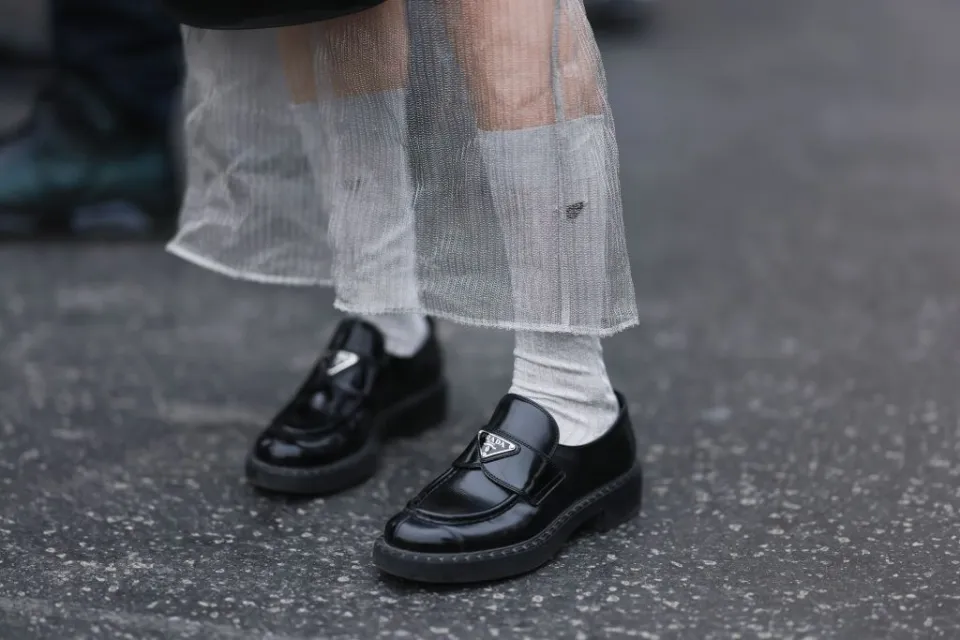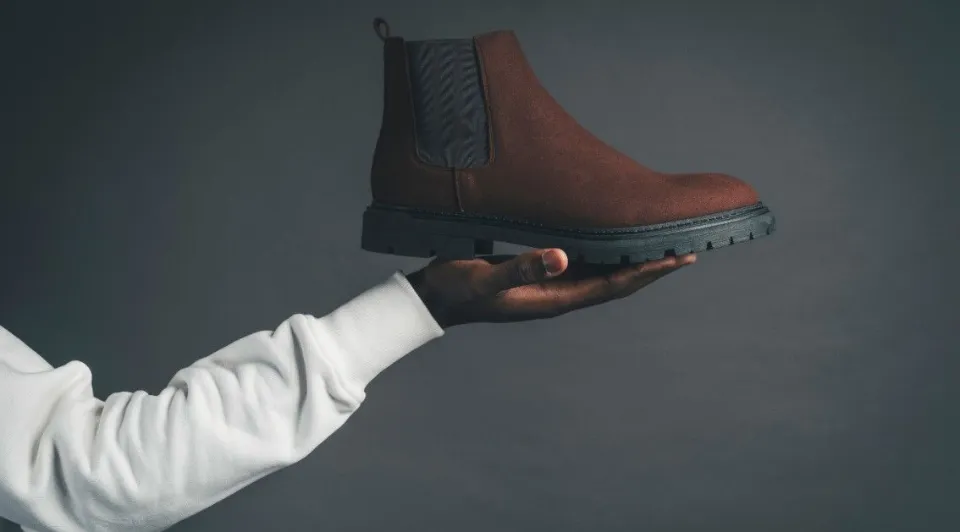You can find Bluntstone boots almost anywhere. They’re high-quality, stylish, and durable. But are Blundstones good for hiking?
We’ve decided that the answer is not necessarily. They would be excellent for shorter hikes, but for anything longer, invest in a good pair of hiking boots.
The advantages and disadvantages of wearing Blundstones on the trails will be discussed in this article, along with the recommendation to wear them or not.
What Are Blundstone Boots?
Blundstone boots are popular, so you are not alone if you haven’t heard of them.
Similar to duck boots, many people had seen this type of boot before but were unaware of its name.).
Since John Blundstone invented them in Tasmania in 1870, Blundstones have existed.
Their goal was to serve as a shoe that could withstand any abuse.
They started out being used for workboots in the 1950s after being used in the 1940s for World War II.
Related Reading:
Are Blundstones Good for Hiking?
You can hike in Blundstones, but it’s generally not recommended except on short, mostly flat trails.
Blundstones were not intended to be hiking boots; instead, they were created as a work boot for Australian farmers and factory workers.
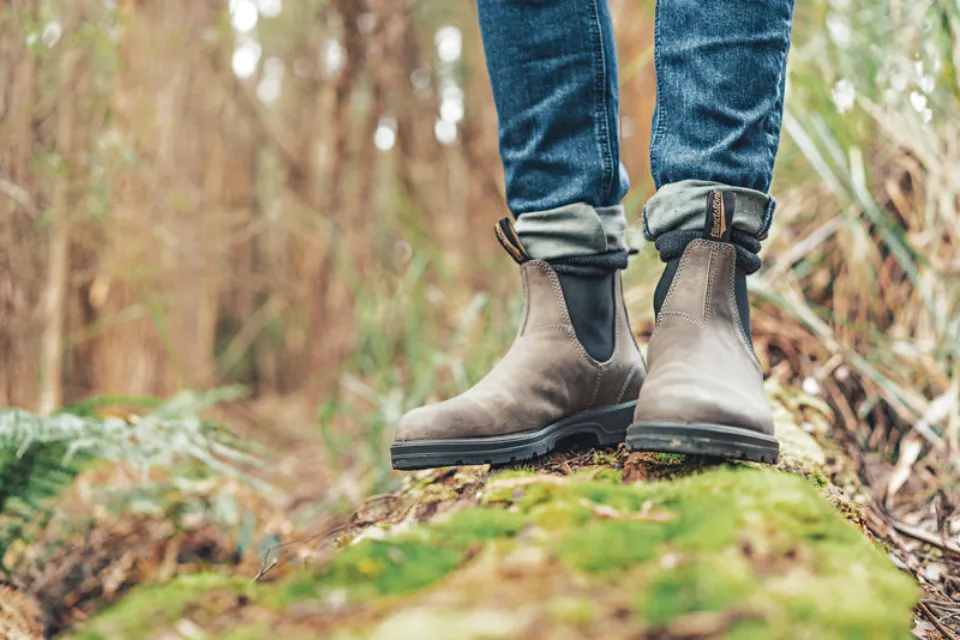
Although they were designed to protect workers’ feet while they were at work, they may not be the best at providing your feet and ankles with the support they require as you move over difficult terrain.
There are a number of reasons why hiking in Blundstones isn’t a great idea. These include:
- Minimal Ankle Support – Blundstones lack laces, making it impossible to tie them around your ankles or feet. The majority of people won’t be able to manage this when trekking uphill or downhill on difficult terrain, but it’s probably fine if you’re walking on mostly flat ground.
- Lack of Traction – Although the tough TPU outsole used in the majority of Blundstones is made with rocky terrain in mind, it is not always intended for use on rocky terrain. Although Blundstones are comfortable for walking around on muddy farms or on relatively flat land, their outsoles lack the robust lugs that you find on most contemporary hiking boots. The varied, rocky terrain found on many hiking trails is where lug soles excel at providing traction.
- Limited Breathability – The 2.5 mm water-resistant leather outers on Blundsotnes, which offer exceptional durability and style, are one of their best features. But this leather was made less for breathability and more for toughness. Trekking in Blundstones may result in particularly sweaty feet as a result, which isn’t ideal if you’re out on a long hike.
To be fair to Blundstones, there are some justifications for why you might want to hike in these boots. In particular, Blundstones are renowned for their durability and are moderately water-resistant.
The benefits of wearing a work boot on the trail, however, are difficult to see in a world where there are countless other footwear options designed specifically for hiking.
Related Reading:
Tips for Wearing Blundstones for Hiking
If you decide to go hiking in Blundstones, you should definitely follow a few tips for the most comfortable experience.
- To avoid developing blisters or having sore feet, break them in before wearing.
- A proper fit is essential to prevent your feet from sliding around.
- Put on hiking socks to prevent blisters on your ankles from socks sliding down.
- Go hiking only for brief distances with little ascent.
- To make the soles more comfortable, use insoles.
What Are the Best Shoes to Wear When Hiking?
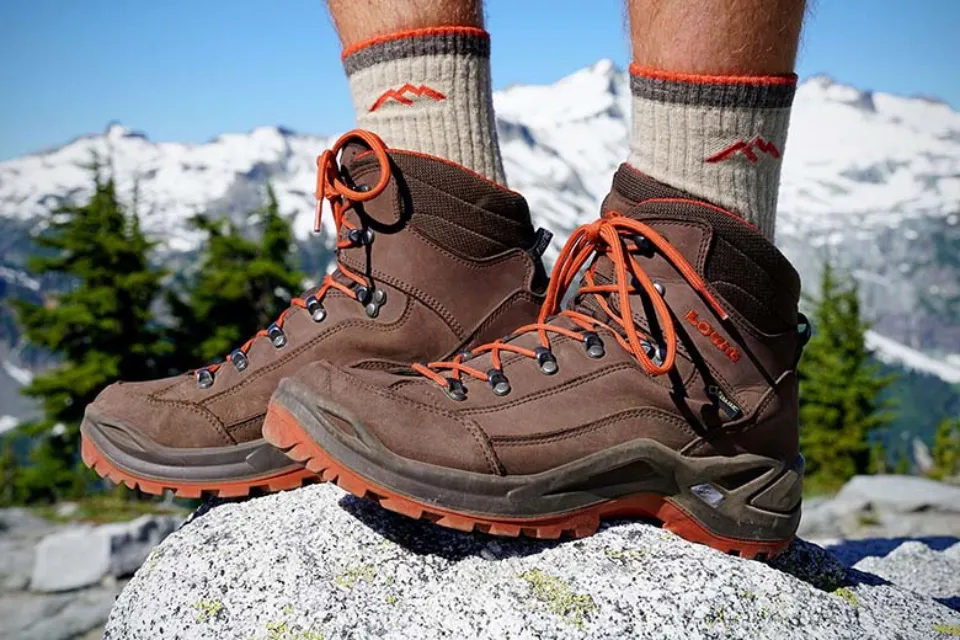
If you poll a few hikers to find out which pair of hiking boots they prefer, you’ll get varying answers.
There are a few things to keep in mind when searching for a good pair of hiking boots.
The type of hike you intend to take should be your first priority. For instance, a beginner hiker going on a brief hike might not require a boot as robust as someone going on a multi-day backpacking trip.
The material the boots are made of is the next factor to consider. Hiking boots can be made from a few different materials, and each one has advantages and disadvantages. The most robust but also the heaviest boots are made of leather. Additionally, they are the most expensive.
The boot’s fit is the final thing to think about. This is most likely the most crucial aspect because an improperly fitted boot can be extremely painful and even injurious.
Therefore, before choosing which pair is best for you, make sure to try on a few different ones. Additionally, always break in your boots before heading out on a long hike.
Final Words: Are Blundstones Good for Hiking
So can you hike in Blundstones?
While durable and mostly waterproof, Blundstones are not a good option for hiking. They lack the support, breathability, and traction required for a successful hike.
I should also mention how much I genuinely enjoy wearing my Blundstones to work and how often I do so. However, the decisions I make on a daily basis are very different from those I make when using hiking equipment.
In conclusion, using your Blundstone on a quick and simple day trip will probably be fine, but I wouldn’t recommend it for any strenuous hikes.
Read More: How to Clean Blundstones?
FAQs About Can You Hike in Blundstones
Are Blundstones Good for Travel?
Blundstones are great for traveling because of their sturdiness, comfort, and adaptability.
Are Blundstones Good for Snow?
Through snow and slush in the city, Blundstones do a great job of keeping your feet dry.
Are Blundstones Waterproof?
Blundstone boots are water-resistant rather than waterproof.

